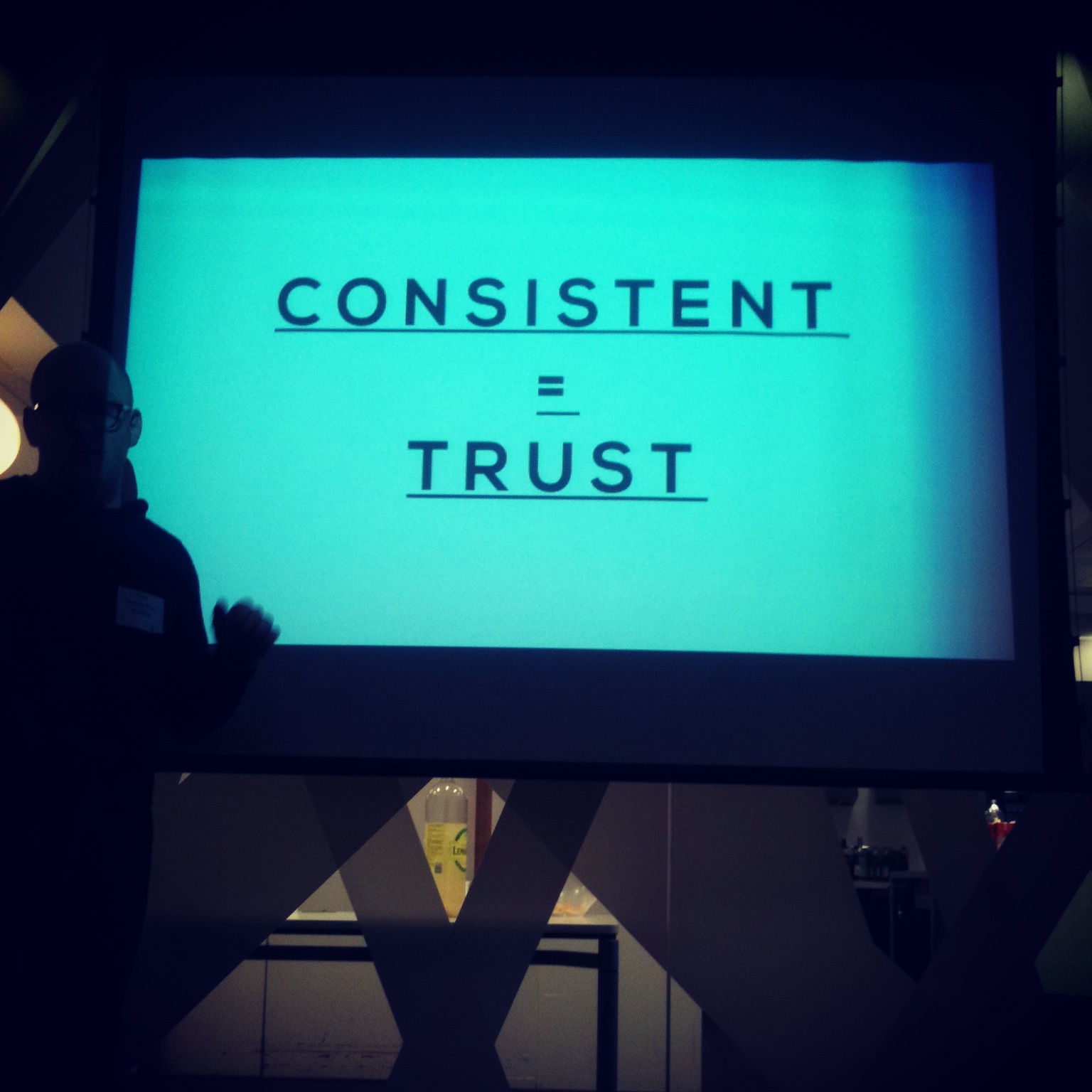I've been told on more than one occasion that I point out a lot of things to my friends and family that they don't even think twice about. Here are some recent examples...
Example 1: Misleading affordances
Every time I go to a meeting on another floor at work (which is a lot) I need to open a door that leads to the staircase. The door has a handle on it so I pull the door towards me as indicated by the design but this is in fact a trick as you actually have to push it. The other side of the door has the same handle so when I need to come back in I push it because my mind remembers that the handle affordance is wrong but in this instance you do need to pull it. It gets me every time and I see other people do it too.
Example 2: The unattainable plug socket
There was a plug socket in my hostel room in Chiang Mai last year that was approximately half way up the wall. It was the only socket in the room that I could reach (the other one was about a foot down from the ceiling and used to power the fan) and it was just ridiculous. The length of my charging cable was shorter than the distance from the floor to the socket so every time I wanted to charge something I would have to make a little tower out of my luggage to balance it on. I was travelling light with only a small backpack so this task involved a careful stacking of objects on top of my bag only to realise afterwards that I needed something from my bag so I would have to disassemble it and start over again.
Example 3: Chaos in the deli
There's a deli near to where I used to work that had no obvious system that agitated me so much that I stopped going there as I couldn't enjoy my lunch. There were two counters that each took different types of orders (wraps from one, hot food from another), however you could only pay at one which meant that if you wanted a wrap you first had to queue and order from the wrap counter and then you had to queue up again at the other counter to pay but this wasn't obvious and you only discovered this when you got to the front of the wrap queue. After ordering your wrap you were given a piece of paper with a number on it but nobody seemed to know what to do next or where to wait. Everyone would just look at each other and shrug their shoulders. Eventually somebody would shout your number from across the room and you had to make your way through the crowd to collect your lunch.
So there you go.
I hope this post doesn't give the impression that I'm a negative person because quite the opposite is true. Every time I encounter things like this I think about what could be done to change the situation and improve usability. Replacing the door handle with a plate to indicate that you need to push it rather than pull, a small table or shelf placed underneath the socket, and a process that streamlines sandwich ordering, payment and collection – order here, collect there, lunch ready, happy customers. These things are all easy to resolve and I think that's what makes me notice them the most.
Small changes, big improvements.



